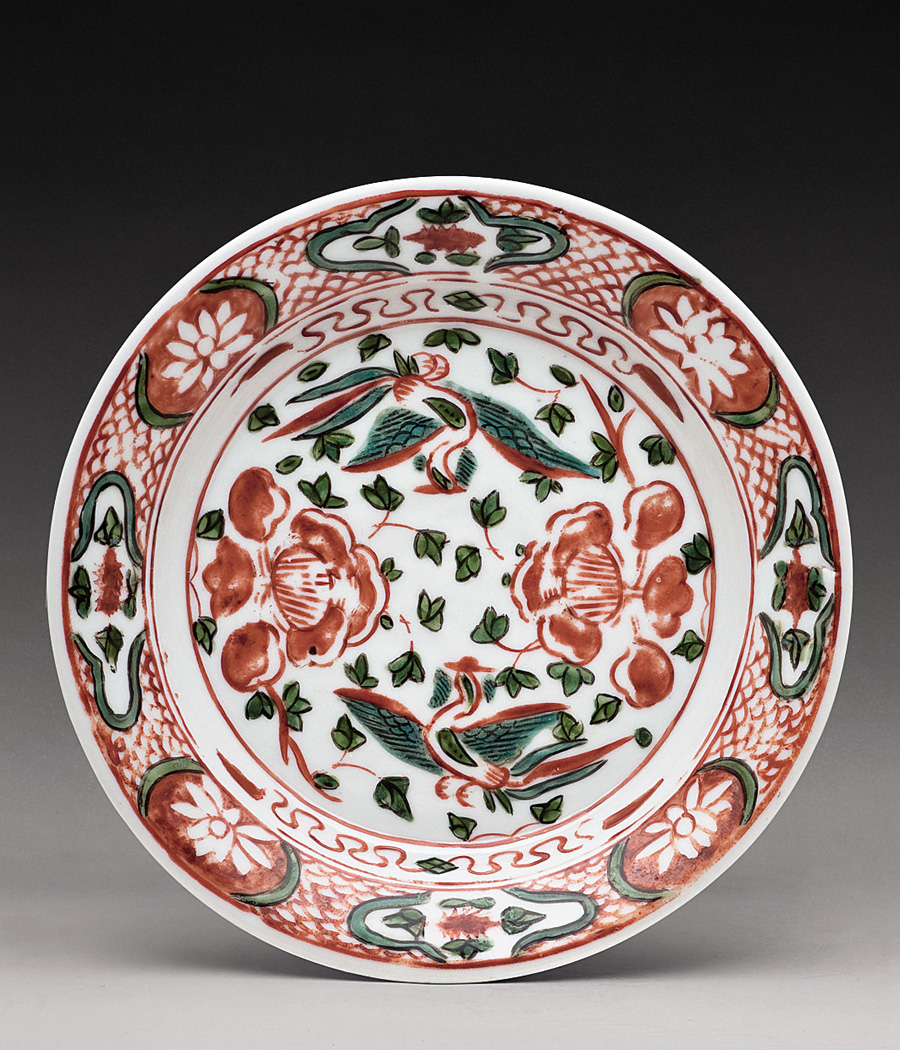Zhangzhou Porcelain: an emblem of cultural exchanges

Zhangzhou Porcelain
After the launch of a new ship route between Europe and the East during the Ming Dynasty, Chinese porcelain became iconic worldwide, influencing global cultural tastes for centuries to come. Among the types of porcelain manufactured for export, Zhangzhou Porcelain, traded at yuegang (the Moon Harbor) in Zhangzhou, Fujian Province, was transported to practically everywhere on earth. With it, the traditional culture of southern Fujian had been brought to the world stage.
It was not just on the mantles and tables of Europeans that Zhangzhou Porcelain was used and displayed, but even on the floors of Indonesians. In 16th century Indonesia, the predominantly Islamic population followed the custom of sitting on the floor surrounding the same plate for meals. Archaeologists have uncovered a number of porcelain plates crafted in Zhangzhou, suggesting Indonesia was a significant destination for Zhangzhou Porcelain during the Ming and Qing Dynasties. Even today, Zhangzhou Porcelain is still used at wedding receptions in northern Sulawesi. In some wealthy Indonesian families, Chinese porcelain is still put on display to indicate the family’s social status.
The export of Zhangzhou Porcelain was not just a unidirectional endeavor of exporting Chinese culture to the west, however. The colorful sailing-and-fish-pattern plate, for example, vividly reflects the navigation culture of the Song Dynasty. Drawn on the plate was a 24-directional luopan (an ancient Chinese compass) with a yin-yang (a circular symbolizing the two opposing principles in nature) in the center. Surrounding the luopan, there are designs of constellations, islands, ocean waves, sailing ships, fish and parrots. Mountains, grass and trees, ships and bridges decorate the rim of the plate.
Made for export, Zhangzhou Porcelain was mainly supplied to overseas markets. Its influence on porcelain manufacture in Japan and even Southeast Asia is evident. Because of their important roles in the Maritime Silk Road, yuegang and Zhangzhou Porcelain contributed greatly to the transmission and exchange of Chinese culture with different civilizations.
The Chinese version appeared in Chinese Social Sciences Today, No. 568, March. 7, 2014
Translated by Zhang Mengying
Revised by Charles Horne
The Chinese link:
http://www.csstoday.net/xueshuzixun/guoneixinwen/88141.html
